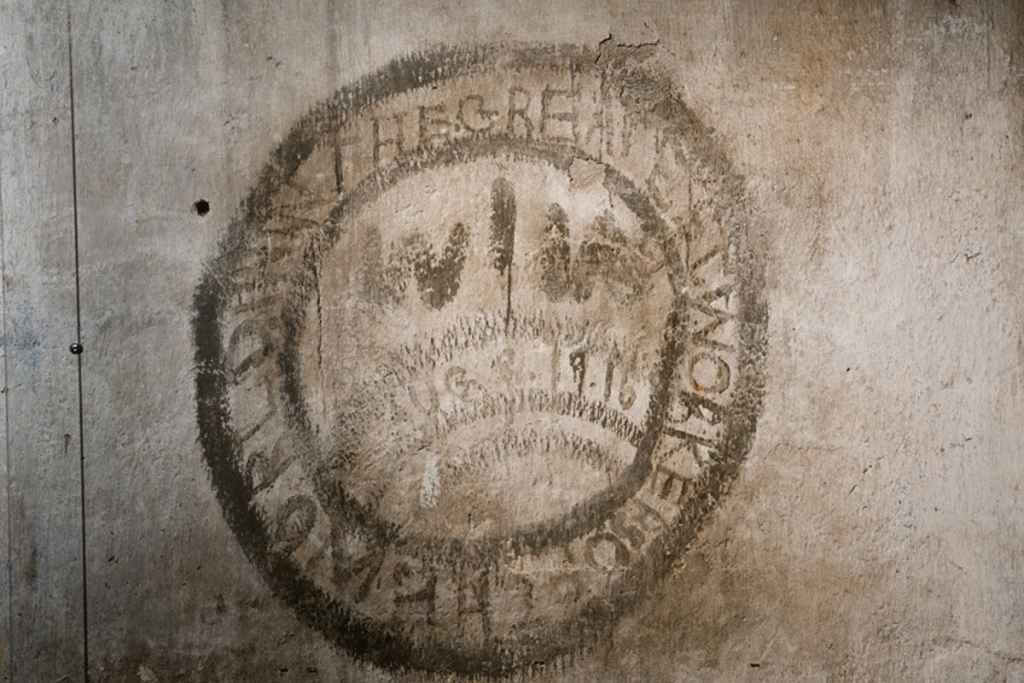Mormons arrived in Utah 21 years prior to ore discovery in Park City and there was inadequate legal structure set up in territorial law to administer mining claims and disputes. As the mining industry grew from individual prospectors with picks and shovels to massive corporate industrial structures, the need for labor increased dramatically. With the increasing number of wage earners in Park City’s mines, the inevitable tensions arose over wages, working conditions and benefits.
Park City miners had joined the Western Federation of Labor in 1895 and by the summer of 1896 there were about 450 members in Park City who assembled to march in the first Miner’s Union Day Parade here. Gradually International Workers of the World (Wobblies) became powerful, though despised as radicals by mine owners in most mining towns. Wobblies had been imprisoned in the Park City Jail and they emblazoned their logo on the wall in charcoal, which is still visible in the Museum. Famous I. W. W. organizer Joe Hill had been executed in Utah in 1915 on spurious charges.

Credit: Park City Historical Society and Museum
In Spring 1919, despite the efforts of Silver King Coalition Mine owner Tom Kearns to secure 8-hour working day legislations, miners were still required to work 9 ½ hours a day underground on the face of the ore. Getting down the shaft, through the tunnel and to the ore face and returning home was on their personal time.
In March, 1919, the mine owners in Park City unanimously conspired to cut miner’s pay by $.75 per day, saying that with the post-WWI slump in metal prices they could not mine at a profit. They claimed they were just keeping the mines open so they could continue to keep miners employed and were barely making ends meet.
Miners were shocked because the cost of living had never been higher and inflation had increased the costs of food and basic products. Miners were hurting. Mine owners were not very forthcoming in their explanations. Timing of the wage cut on the part of the mine owners was unfortunate and unexpected.
In 1919, the International Workers of the World convinced 600-1000 Park City Miners to strike for a return to a guaranteed $5.50/day, two men working on each piece of drilling equipment and a 6-hour work day on the face. Western Federation of Miners said they had nothing to do with the strike.
Just as the mine owners and mine companies had been unanimous in cutting pay, the miners were unanimous in walking out from their jobs. All were cautioned to be peaceful and not rise to anger. Pickets were set up on all the roads to the mines, but were cautioned to reason with any who might be trying to return prematurely to their jobs. The Sheriff hired extra deputies to keep the peace, but there was no violence.
Learn more about the 1919 strike itself next week.
The Park City Museum is closed until further notice under State Health Department guidance during the COVID-19 pandemic so explore more Park City history on our website www.parkcityhistory.org